My dad was not one for giving unsolicited advice while I was still living at home. That changed however, when I left to start my first year of teaching.
“Stay out of the teacher’s lounge.”
Of all the counsel he could’ve given me, I thought his advice a bit odd.
I thought for sure it was the unhealthy environment he was warning me about. At that time, teachers and support staff could smoke in the teacher’s lounge. When I questioned him, it was the unhealthy environment he was concerned about, but he didn’t mean the smoking.
He was cautioning me about the teacher talk.
Dad said, “The lounge can be a place of collegiality and intellectually challenging conversations, but I hate to tell you that more times than not, it’s a place of bellyaching, bitching and blaming. Don’t get caught up in that your first year. It’s toxic.”
I was young and since my dad was an executive and not an educator, I didn’t listen.
Big mistake.
Three days of trying to eat my lunch in the lounge and I gave up. For the rest of the year and throughout most of my career, I’ve eaten in my room.
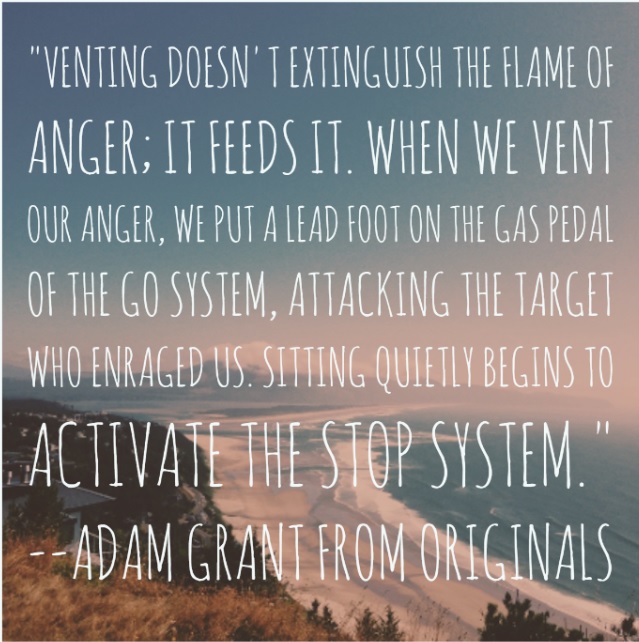
Am I suggesting that it’s not OK to share frustrations with colleagues? Must we keep the daily irritations of classroom management, paperwork deadlines, disgruntled family members, testing, taming, cajoling, balancing and __________________to ourselves ?
Fill in the blank, because you know you can.
No, you don’t have to stuff it and forget it. I’m suggesting with the following six tips that educators (and I’m including myself in this little tutorial for promoting the positive) replace the grousing with a healthy dose of gratitude and optimism.
Be present
It’s so easy to get caught up in the chaos of the classroom and fall prey to only seeing the negative. There’s a term for that—negativity bias. This bias can cause teachers to focus primarily on the student who can’t self-regulate, or the parent that sends daily disparaging emails, or the colleague who seems to always get on our last nerve.
Trade out negativity bias for “withitness”.
“Withitness” is the ability to be keenly aware of one’s thoughts, feelings, immediate surroundings and emotions. “Withitness” allows us to find the moments of joy and accomplishment in the midst of the daily grind. Be grateful for all the good that is present in the midst of the craziness.
This happens all the time when I’m in a teacher’s classroom to co-teach or support. When the teacher and I debrief, I’m able to recall numerous delightful learning moments of which the teacher was not even aware. Those moments are easy for me to see and savor because the burden of all the classroom responsibilities are not on my shoulders.
Do yourself a favor and consciously become more aware of (and grateful for) the small, yet momentous, learning events happening all around you in your classroom every day.
Build New Pathways
I’ve been learning a lot this year from Dr. Becky Bailey’s book, Conscious Discipline. Our staff has discovered that kids come to us with well-developed, not-so healthy neural pathways for coping. It’s our privilege and responsibility as teachers to engage in consistent rituals that work to build new neural pathways for our students.
Adults come with well-developed neural pathways for responding to challenges too. If my default is to blame and complain, I can work to change that over time. When something difficult comes my way, I can choose to stop, breathe, regroup and remind myself that I’m committed to solving problems in positive ways.
Knowing that I have the power to change the way I respond, and that over time the response becomes more automatic i.e., my new default, it emboldens me to do the work of building new pathways that lead to positive thoughts.
Seize the Moments
Take time each day to capture the powerful learning in your classroom. In my job as an instructional coach, I take my phone with me every time I go into a classroom because I want to record the great things students and teachers are doing.
Find a place to post student work. Take a minute to write down excerpts of kid conversations on sentence strips and display those in the room. Print out photos (lots and lots) of your students as they collaborate and work together and then let them create captions detailing the learning they experienced.
Then just like an adoring parent, go back and look at the evidence of all the good that is happening every day in your class. This one practice alone with do battle with the “negative” that tries daily to steal your joy.
I’ve read her book and follow Sara Ahmed on social media (she’s at the top of my edu-hero list) and she recently shared the picture below on Twitter. What a powerful, yet simple way to promote a positive learning community. Start your own What Lifts You Up? wall in your room or on your campus.

#SeizeTheMoments
Reflect Daily
I read somewhere recently that teachers should take 10 minutes at the end of the day and reflect on things that are worthy of celebrating. Our minds tend to go immediately to the tough parts of our day instead of the noteworthy. On the drive home or even as we attempt to fall asleep, our minds are often times filled with the worries and frustrations of the day.
Imagine ending the day on a celebratory note by writing down those things that were positive and uplifting. Journaling each day about moments of success, both for you and your students, will emphasize the positive and act as an antidote for blaming and complaining.
Share the Joy
When you recount the accomplishments of your students, either their academic or social/emotional successes, you create opportunities for binding hearts together in your learning community.
In her excellent piece on nurturing empathetic joy, Amy Eva proposes powerful ways to share classroom success with students and their families.
- Leave one or two celebratory post-it notes on a student’s desk each day. Capture a moment that you enjoyed as you watched a student high-five a friend or solve a tough math problem with a self-satisfied grin.
- Include a classroom meeting exercise where you and your students recall joyful moments. “I felt happy/excited when I saw [students’ names] huddled up with their heads together preparing for their book club presentation. It took a lot of work, but they were so energetic and supportive of each other.”
- Generate postcards and/or emails for a handful of students and their families each week. “This week I really loved watching [student’s name] in the classroom. I was so happy to see … and I just wanted you to know.” Short and sweet.
“When you actively celebrate successes with your students and their families, you are likely to generate stronger feelings of connectedness and belonging in your classroom.”
How in the world can anything negative work its way into your psyche when the commitment to share joy is an ongoing practice in your classroom? Do it! Find your own unique way of sharing the joy-filled moments with your learning community.
Market Your Brand Values
This is the powerhouse tool, I believe, to banishing the bad and drawing attention to the positive. Just like someone starting a new business, teachers need to be intentional about creating their own unique brand.
In an online article about the basics of branding, the author states: “Successful branding is about promoting your strengths. Start by thinking about what you’re good at and what you believe in.”
The article goes on to say that in designing your brand you should consider your personal strengths, the high quality service you provide, the value you add, and the innovation you bring to your work.
If, as educators, we spent time thinking about and developing a brand based on the qualities listed above, we’d be in a position to promote the positive about ourselves and the work we engage in daily.
“Once you’ve defined your brand values and your customers’ needs you can start to build your brand by consistently communicating your brand values”.
Is there application here for teachers?
Absolutely!
Tell your students, the families you serve and the peers you work alongside your core beliefs and the quality teaching and learning that takes place every day in your classroom. Communicate your brand values.
Dad was right. There’s a lot of negativity that finds its way into the teacher’s lounge, breakroom, hallways and happy hour after work. It’s not healthy and in fact, it’s downright detrimental.
Don’t let negativity bias bring you down.
Leverage the power you possess to turn it around.
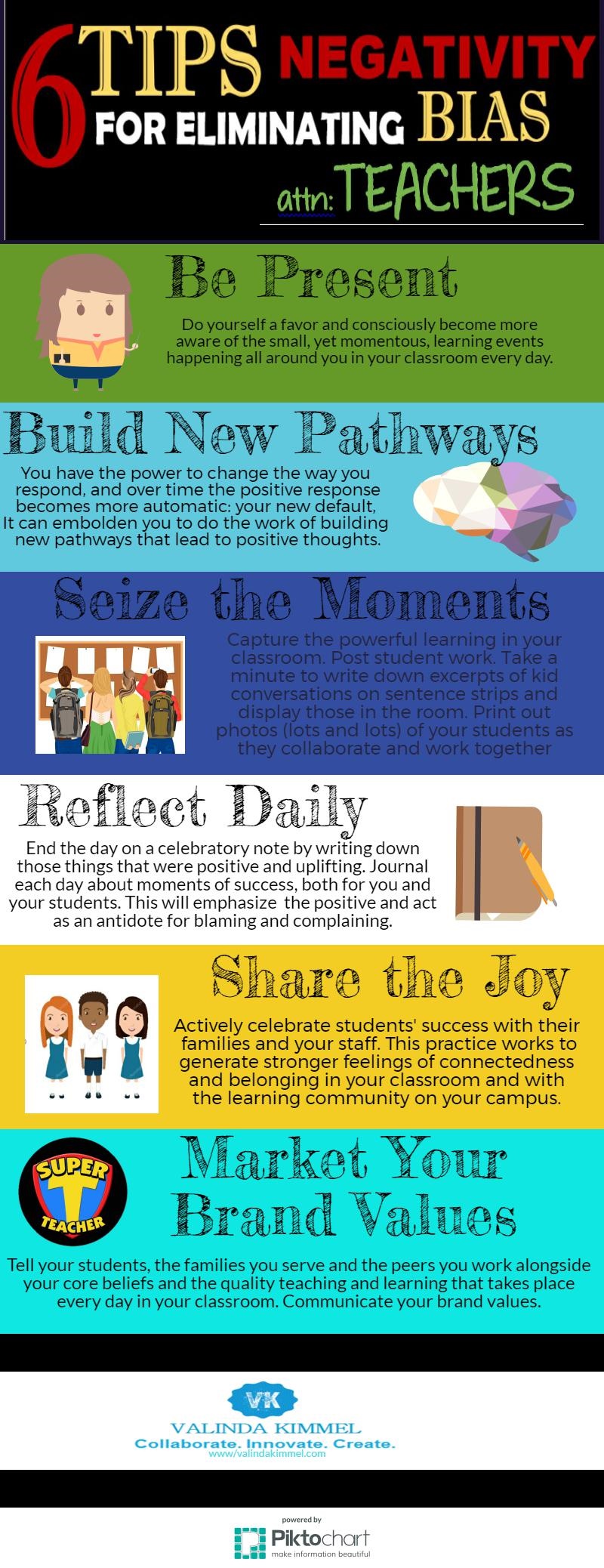



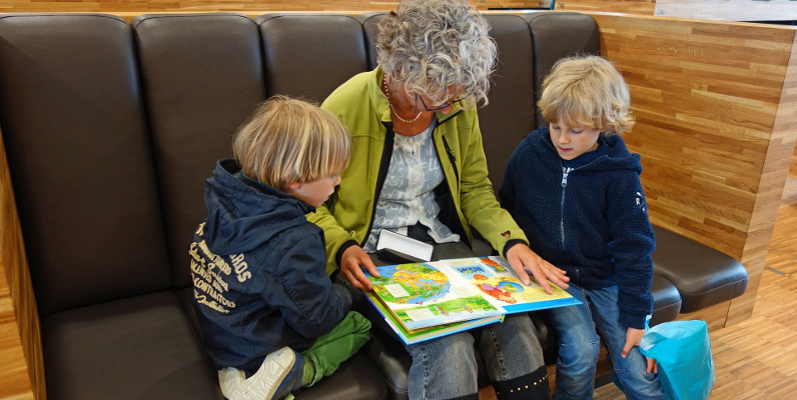



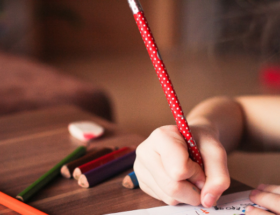

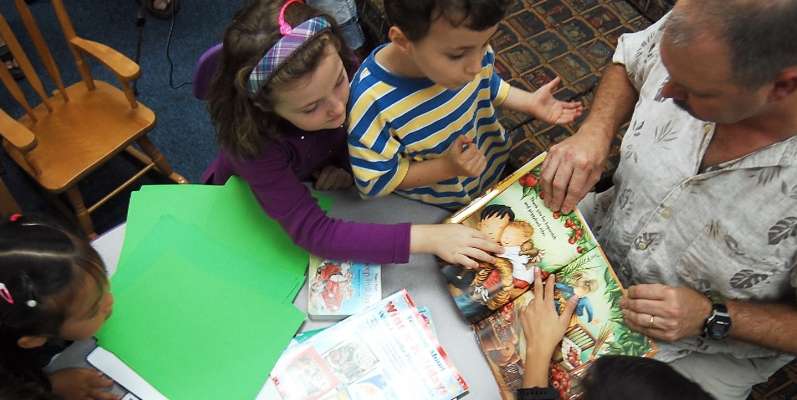
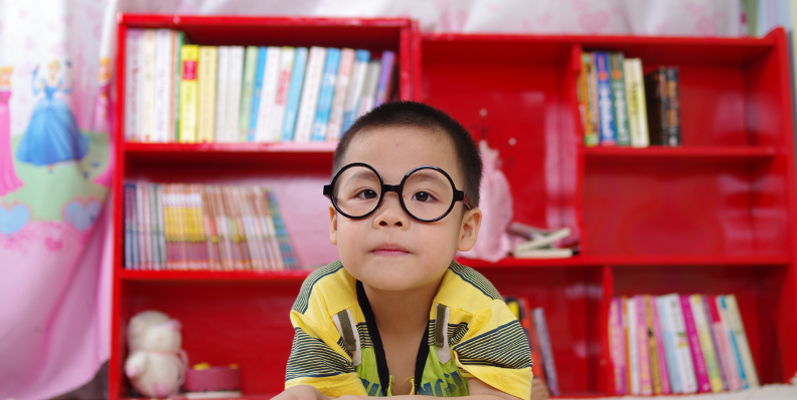
Great advice! I’m a eat-in-her-classroom teacher too. I know how easy it is to get sucked in to negativity. It’s just easier to stay out of it. Thanks for sharing 🙂
The negativity is just too hard to take when we work so hard to be positive for our kids. Thanks so much for reading and responding. Hope you’ll subscribe if you haven’t already.
I go out and sit in my car for 30 minutes just to get out of the building and decompress! It does wonders for me! 🙂
Love this post, Val! We too are studying Conscious Discipline in preparation for next school year. Thank you for these great tips??
Dani,
You guys will love CD. Not only does it give teachers tools to work with kids, but it helps in adult relationships, too. We can all use some new tips on that as well. Thanks for your comment here.
I go out and sit in my car for 30 minutes just to get out of the building and decompress! It does wonders for me! 🙂
That’s a great coping mechanism. Even a few minutes out of your classroom to take a breather is healthy!